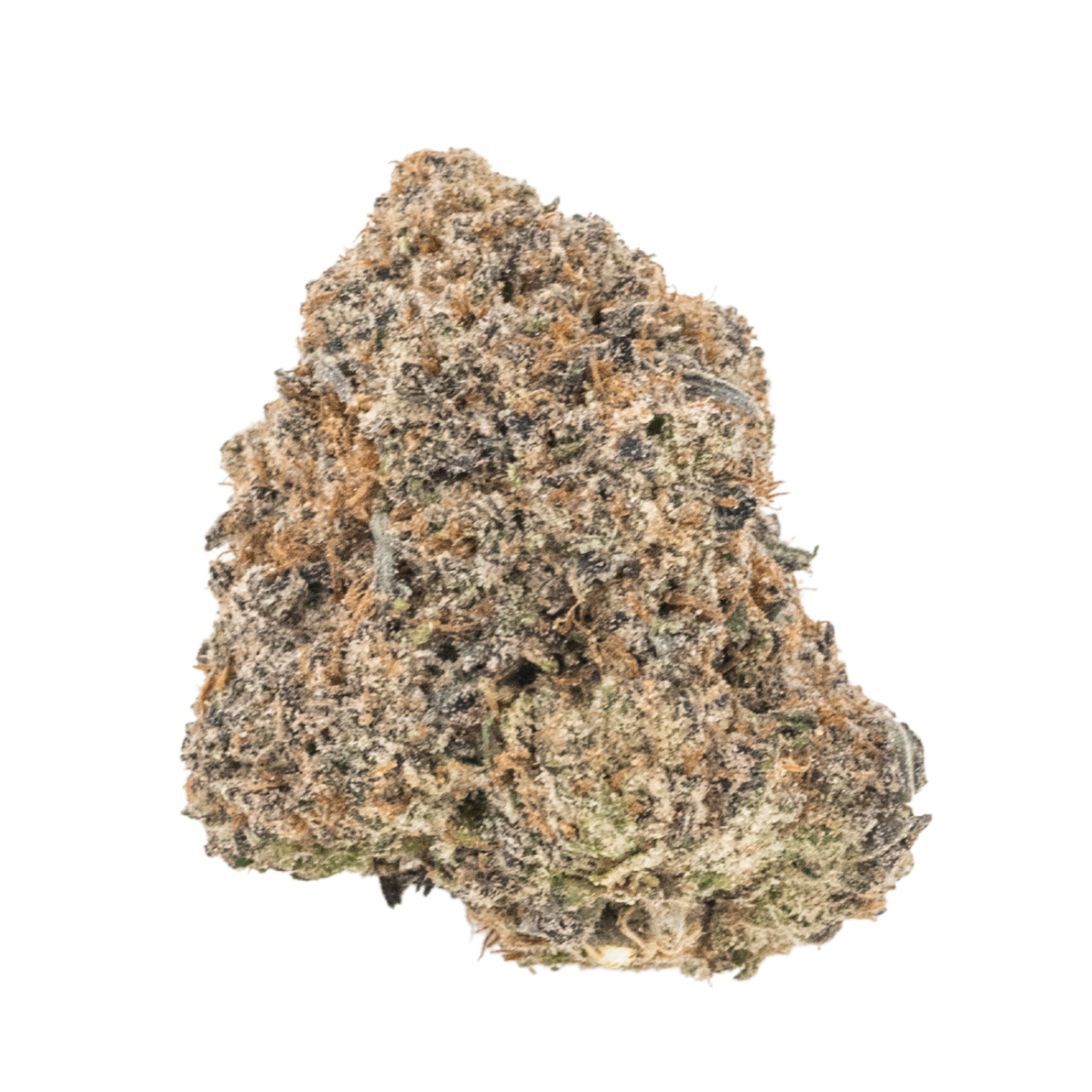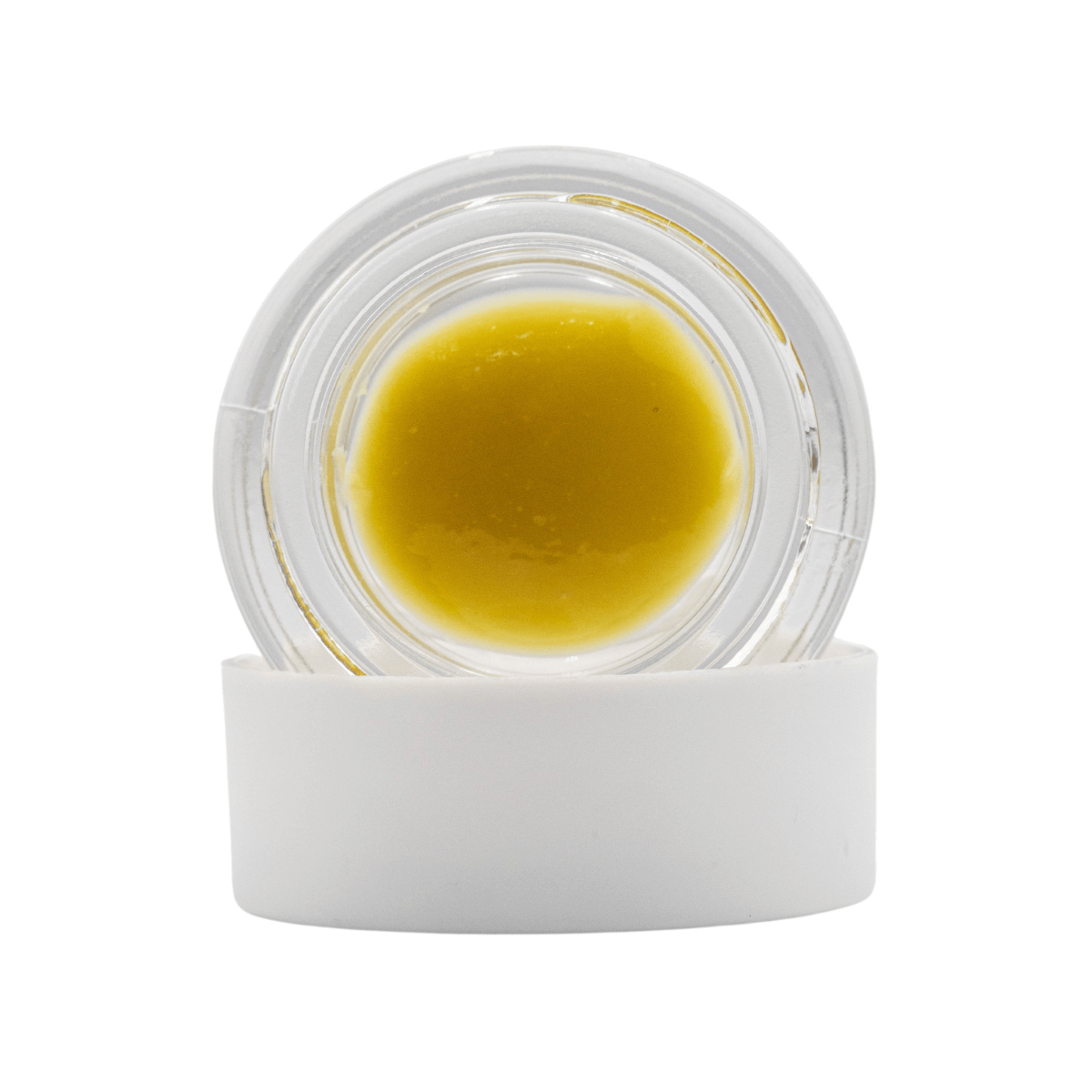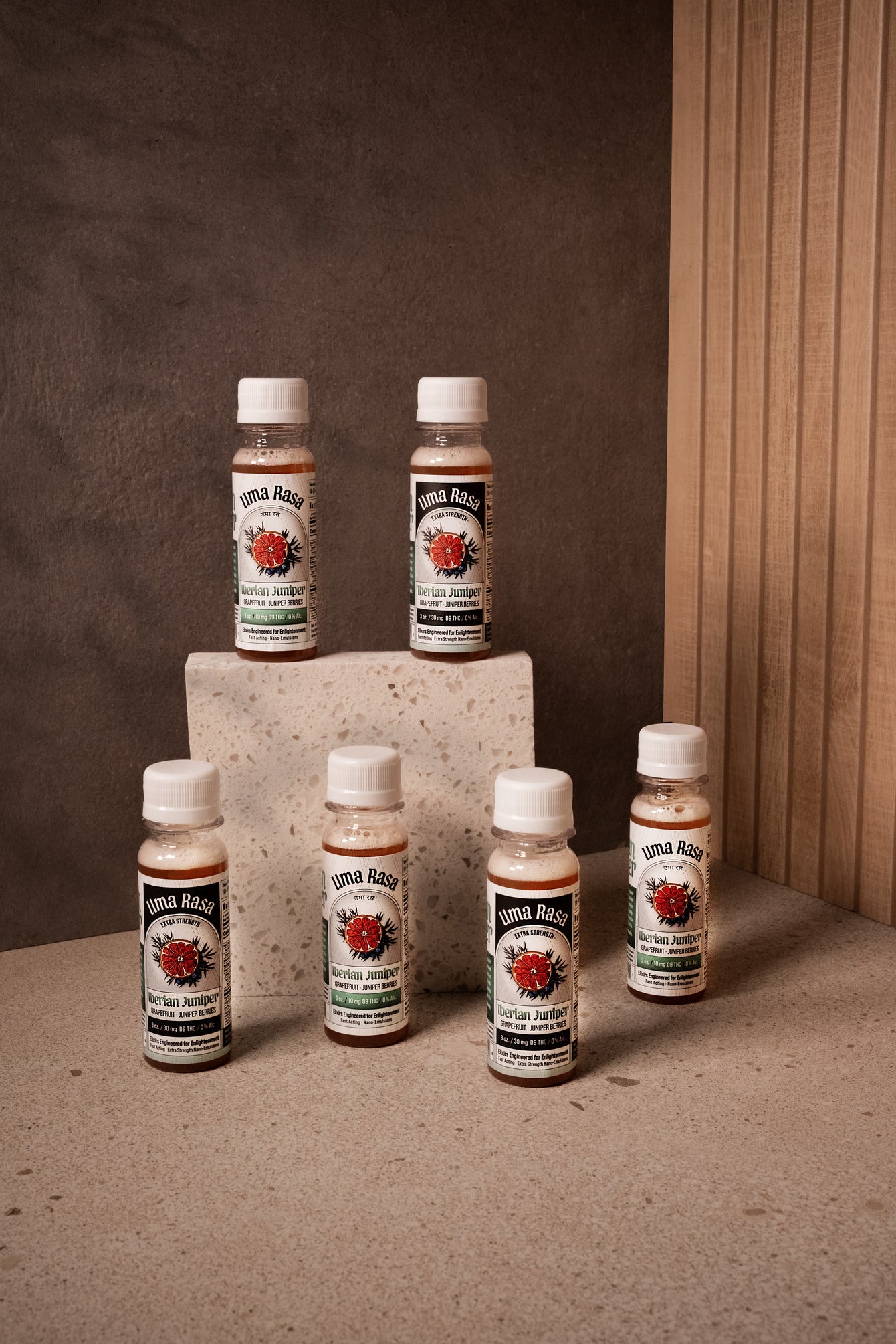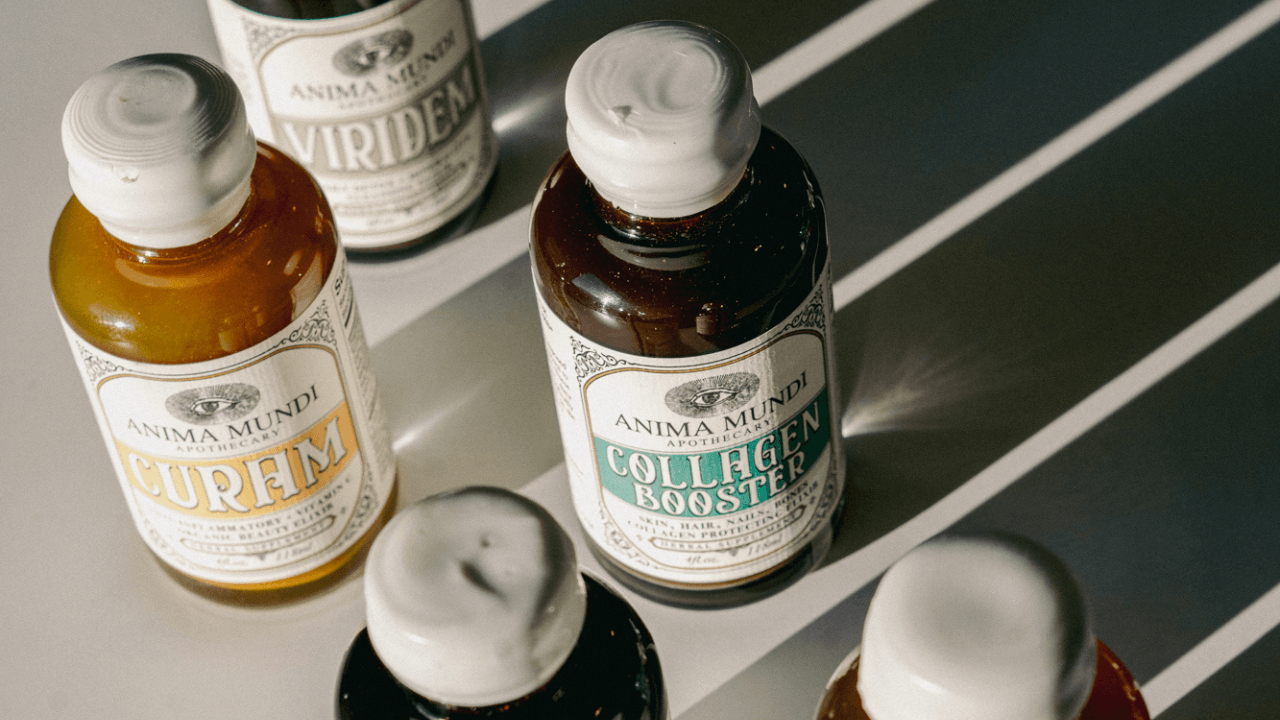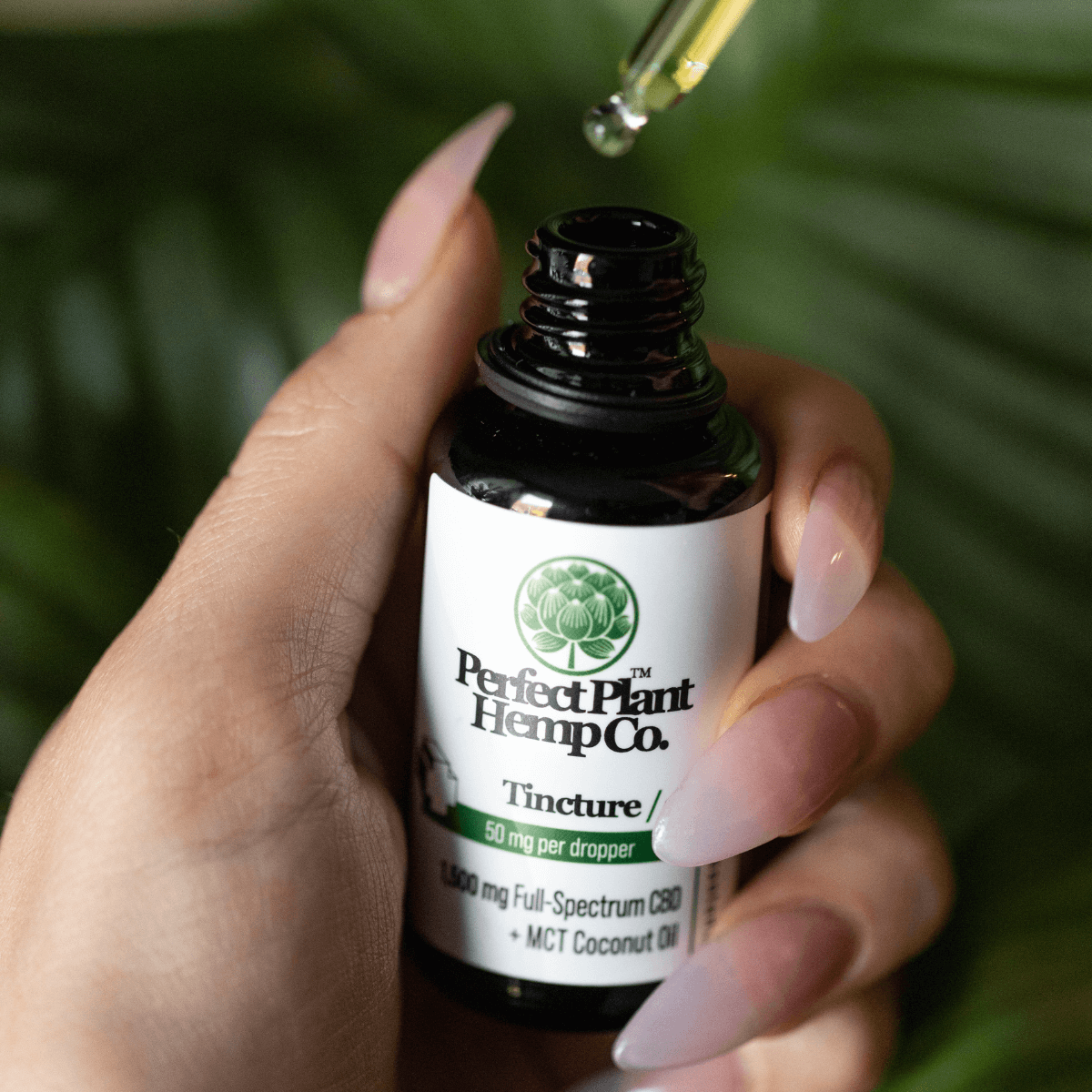Blunts, joints, spliffs - everyone has their preferred methods of smoking rolled cannabis. But what's the differences? Pros and cons? At the end of the day, you can smoke what you like. Read on to learn more!
Blunts

A true icon, the infamous blunt! Blunts are basically cigars that have been hollowed out and filled with cannabis. It's a very popular method of smoking weed, and they're often preferred because they're large (more room for more weed).
History Of The Blunt
The history of the cannabis blunt is rooted in both cultural and historical developments, especially within communities where tobacco and cannabis have had longstanding traditions. Here’s a breakdown of the blunt's evolution:
Blunt Origins:
Early Roots: The term "blunt" comes from the Phillies Blunt brand, a popular cigar in the United States. However, the practice of hollowing out cigars or cigarillos and filling them with cannabis is believed to have started much earlier, possibly influenced by the Caribbean culture, where mixing cannabis with tobacco was common.
Jamaican Influence: In Jamaica, people have been known to mix cannabis with tobacco in 'spliffs,' often rolled using tobacco leaves. This cultural tradition likely traveled to the United States through the Caribbean diaspora in the 1970s and 1980s.
The Blunt's Rise in Popularity
1980s – 1990s: The blunt became increasingly popular in urban communities in New York City during the 1980s. It was around this time that hip-hop culture began to embrace and celebrate cannabis consumption, often referencing blunts in music and street culture.
Hip-Hop & Mainstream Popularity: By the 1990s, blunts were cemented in pop culture, largely due to the influence of hip-hop artists like Cypress Hill, Snoop Dogg, Dr. Dre, and The Notorious B.I.G., who frequently mentioned blunts in their lyrics. These references played a significant role in normalizing the practice and making it mainstream.
Joints

As classic as Coca-Cola, joints have been a stoner staple for decades. A joint is a rolled weed cigarette made with rolling papers. It's the most common type of cannabis smokable.
You can roll them yourself, or buy some pre-rolls, too! Because of their size, joints are also very convenient to take on-the-go.
The history of the cannabis joint is long and rich, stretching across continents and centuries. The joint has been a preferred method for consuming cannabis, and its journey reflects changes in culture, society, and the legality of marijuana.
Origins Of The Joint
Early Use (1500s): The practice of rolling cannabis in paper likely began in Mexico. The first recorded use of a joint dates back to the 16th century, when indigenous Mexican laborers combined tobacco with cannabis in corn husks or other plant leaves to smoke. The Spanish conquistadors documented this practice, making it the earliest known mention of smoking cannabis in a rolled form.
India's Influence: In India, cannabis consumption was also prevalent in the form of chillums and charas, but rolling cannabis in paper wasn't as widespread. Instead, Indian traditions focused more on using pipes or mixing cannabis with other substances.
Emergence in the U.S. & Western Popularity
Early 20th Century: Joints started to gain traction in the United States around the early 1900s. This was partly due to Mexican immigrants who brought their cannabis-smoking practices to the U.S. after the Mexican Revolution (1910-1920). The jazz culture of New Orleans further popularized joints, where musicians and artists adopted cannabis as part of the scene.
Jazz & The 'Reefer' Era: During the 1920s and 1930s, jazz musicians embraced cannabis, often referring to it as "reefer," and spread its popularity through music and nightlife. The joint became associated with jazz clubs, creativity, and rebellion, despite the growing stigma against cannabis use.
Spliffs

Most common in Europe, spliffs are joints that contain both marijuana and tobacco. It's often preferred by those who want to enjoy a joint with a little less cannabis. Also, folks seem to enjoy the flavor that tobacco can add.
Spliffs may also provide a longer burn time. However, it's important to note that tobacco is a harmful substance and can increase health risks. Perfect Plant doesn't recommend consuming tobacco products.
The spliff has a distinct history that intertwines with the traditions of both cannabis and tobacco consumption. This unique blend of cannabis and tobacco wrapped in rolling paper reflects influences from various cultures and has become a popular smoking method worldwide.
Origins Of The Spliff
Caribbean Roots: The term "spliff" is widely believed to have originated in the Caribbean, particularly in Jamaica, where the mixing of cannabis and tobacco was a common practice. In Jamaican culture, smoking a spliff became a spiritual and social activity, often associated with Rastafarian traditions, which emerged in the 1930s. The word "spliff" might derive from the Jamaican Patois or be influenced by British slang.
European Influence: In Europe, particularly in countries like Spain and the Netherlands, rolling tobacco with cannabis was also common. European travelers and colonial connections may have played a role in spreading the practice to the Caribbean and vice versa.
Spliff's Rise in Popularity
1970s – 1990s: In Europe, particularly the UK, rolling spliffs became common among cannabis users. The mixture of tobacco and cannabis made the experience more familiar for cigarette smokers, allowing them to gradually embrace cannabis use. It also offered a more cost-effective way to consume cannabis, especially in areas where it was more expensive or harder to obtain.
Amsterdam & Coffee Shop Culture: As Amsterdam became a popular destination for cannabis enthusiasts, spliffs cemented their status in cannabis culture. Dutch coffee shops often offered a mix of tobacco and cannabis, further normalizing the spliff as a common way to enjoy marijuana.
What did we learn about Blunts, Joints, & Spliffs?
Blunts, joints, and spliffs each have unique histories and smoking experiences. Blunts, originally influenced by Caribbean culture and popularized by hip-hop in the 1980s, are cigars filled with cannabis and provide a slow, flavorful burn but contain tobacco.
Joints, the classic weed cigarette, date back to 16th-century Mexico and became a symbol of counterculture in the 1960s, offering a pure cannabis experience without tobacco.
Spliffs, a blend of cannabis and tobacco with roots in Jamaica and Europe, offer a longer burn and a combined buzz but carry tobacco-related health risks. Each method offers a different way to enjoy cannabis, so the choice is yours!



